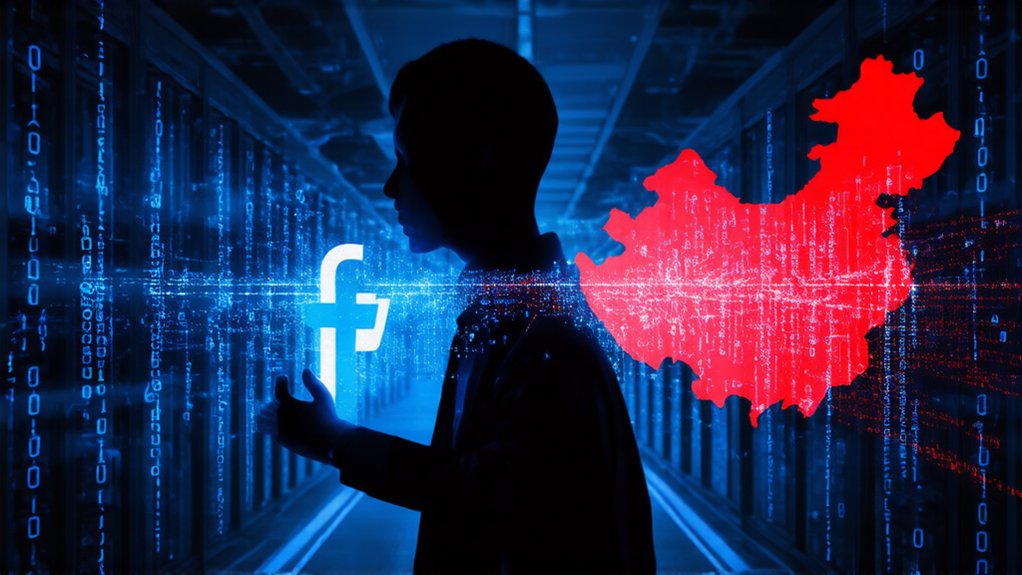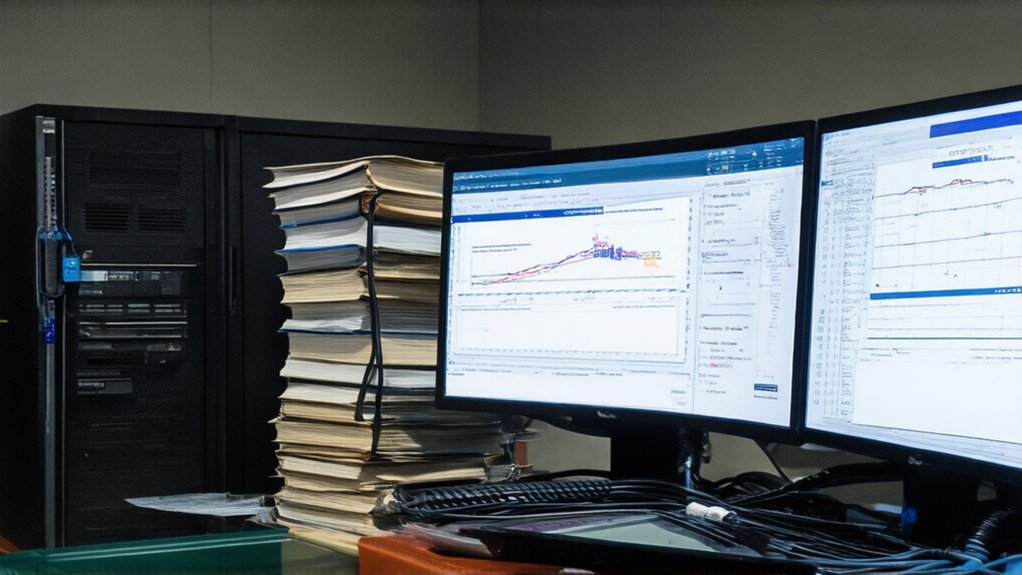While the United States and China engage in their high-stakes technological Cold War, Europe finds itself caught uncomfortably in the middle.
It’s a classic rock-and-hard-place scenario. The continent depends on American technology and security guarantees while simultaneously conducting massive trade with China. Talk about awkward family dinners.
This tech battleground emerged after China launched its ambitious “Made in China 2025” program. The US freaked out, slapping tariffs and tech restrictions faster than you can say “decoupling.”
Europe’s massive single market makes it the prize both giants want in their corner. No pressure or anything.
European leaders keep using this fancy term: “technological sovereignty.” Sounds impressive, right? In reality, it’s code for “we’re tired of being pushed around by both Washington and Beijing.” The new European Commission has made this a priority with Vice President Henna Virkkunen specifically responsible for tech sovereignty and digital technologies.
Europe keeps dreaming of technological independence while dancing awkwardly between American demands and Chinese opportunities.
The EU has launched its own initiatives like the €43 billion European Chips Act, aiming to grab 20% of global chip production by 2030. Good luck with that.
Semiconductors are where things get really messy. Europe consumes 20% of global chips but makes only 9%. Meanwhile, China dominates legacy chip production with a 30% share.
European companies like Dutch giant ASML are stuck between American export controls and Chinese market access. Not enviable.
Remember the 5G drama? The US demanded allies ban Huawei while China threatened retaliation.
Europe’s response? A “Cybersecurity Toolbox” that basically lets each country decide for itself. Predictably, this created a patchwork of policies.
European companies Nokia and Ericsson actually build much of America’s 5G infrastructure. Ironic, isn’t it?
The EU prefers “de-risking” to complete decoupling, a nuance that frustrates hardliners in Washington.
Internal divisions don’t help either – France and Germany can’t even agree on basic tech security approaches. The EU heavily relies on Asia for semiconductors, with 75-90% of supplies coming from the region.
As the tech war intensifies, Europe’s balancing act becomes increasingly precarious. Staying neutral isn’t really an option anymore.




